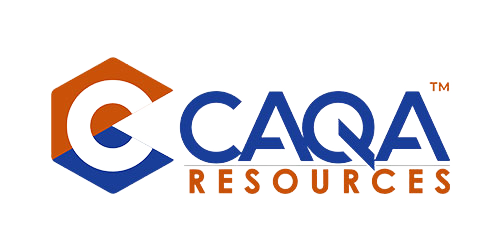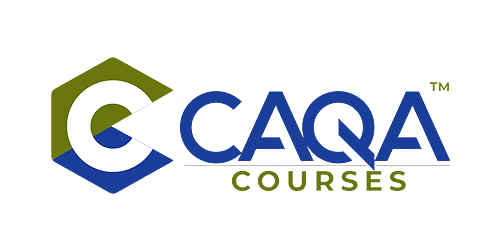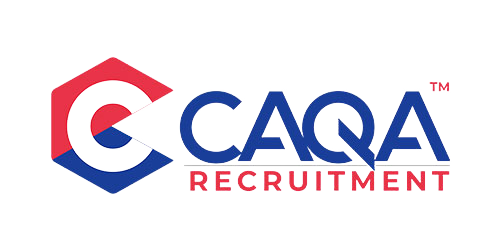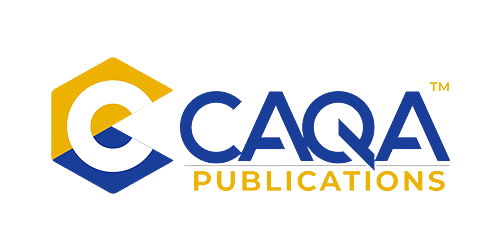Pre-validation in Practice
Pre-validation is a critical quality check of your assessment system, taking place before you commence delivering training and assessment. As a best practice example, pre-validation ensures your assessment materials are clearly written and provide sufficient guidance for trainers, assessors, and the intended student cohort.
Successful pre-validation involves engaging all stakeholders who have an interest in the quality and content of your assessment tools. This includes trainers, assessors, industry representatives, employers, and students. Each stakeholder should be provided with a sufficient sample size of the proposed training materials and receive adequate guidance to ensure a clear understanding of the assessments' expected outcomes.
A robust assessment tool will:
- Meet the four principles of assessment (fairness, flexibility, validity, and reliability).
- Meet industry and training package requirements.
- Incorporate innovative training and assessment methods.
To deliver TAE qualifications or skill sets, your assessment system must be independently validated prior to delivery.
Benchmarking to Achieve Quality
Establishing clear benchmarks and a robust quality assurance system ensures your assessment tools achieve the expected outcomes. Policies and procedures for reviewing newly developed assessment tools will ensure your students are assessed using quality training materials that are consistent with industry needs and meet the training package requirements.
Assessment Issues That May Impact Your RTO Audit
According to the new audit model introduced by the Australian Skills Quality Authority (ASQA) in the 2022–23 period, several assessment-related issues may affect your audit outcome. Ensuring your assessment resources meet specific criteria is essential for compliance and successful audits. The new audit model highlights that there may be no opportunity to rectify critical non-compliances. Initial registration clients with critical non-compliances are unlikely to get an opportunity to rectify and may potentially be unable to reapply. Registered RTOs risk sanctions, conditions, or even cancellations for critical non-compliances on the first audit.
To mitigate these risks, ensure that your assessment resources meet the following criteria:
- Clear Information: Assessment resources should provide sufficient and clear information regarding the what, when, how, where, and why of your assessment template and all assessment tasks and activities.
- Robust Benchmarking: Ensure your assessment resources have robust benchmarking and/or trainers' guides.
- Consistency and Sufficiency: Allow the trainer/assessor to assess the skills and knowledge of students through different assessment tasks over time to ensure “consistency” and “sufficiency.”
- Clear Guidelines: Each question and assessment task should have very clear guidelines about what is expected from the students in terms of both “quantity” and “quality.”
- Customisation: Customise off-the-shelf resources according to your RTO's needs and requirements instead of using them “as-is.”
- Industry Expertise: Ensure your assessment resources are written by industry experts and subject matter experts and are “industry-relevant” and “current.”
- Compliance with Training Packaging Rules: Address all requirements of the training packaging rules in your assessment resources.
- Detailed Checklists: Include detailed and valid performance checklists/observation checklists for assessing and observing students before, during, and after any skill assessment activity or workplace task.
- Sufficient Evidence: Trainers and assessors must gather sufficient, valid evidence for competency assessment.
- Simulated Environments: Offer appropriate simulated environments for conducting assessments.
- Authenticity of Assessment: Establish and maintain the authenticity of assessments, particularly in distance and online delivery.
By adhering to these criteria, your RTO can better navigate the complexities of the audit process and maintain compliance with ASQA standards, ensuring the delivery of high-quality vocational education and training.


































